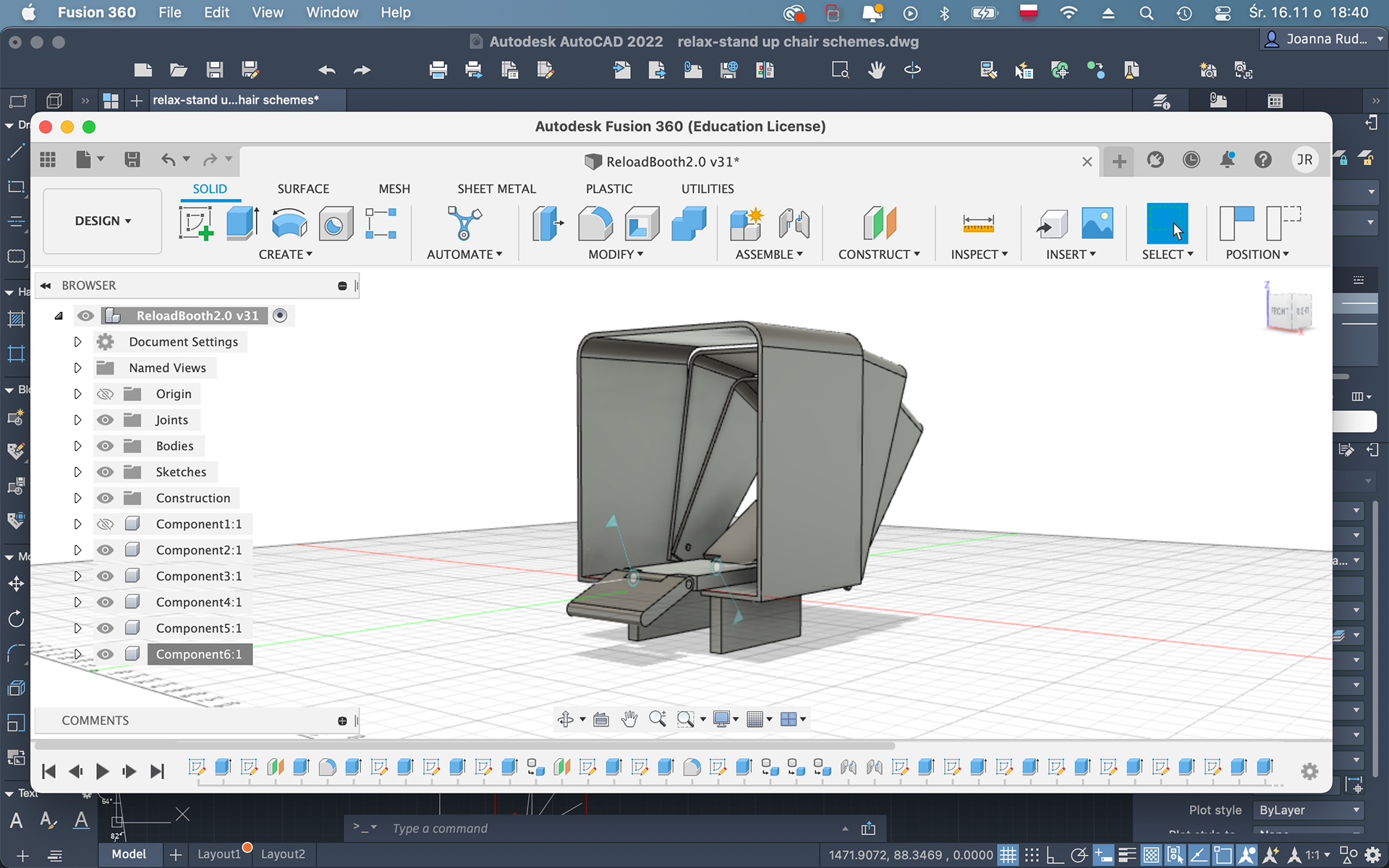To develop in Math, Data and Computing I followed the Making Sense of Sensors (DAB100) elective in my first year of studies at TU/e. This was a way for me to begin learning of Arduino but also about collecting data and processing it later using Python. Easy exercises to show basic operations on data sheets in Jupiter Notebook provided at the beginning of the course, became very useful for me in the later stages. Thanks to them I was able to process temperature and humidity data collected from data shield, compare it with my sleeping and activity patterns from MiBand and draw conclusions.
In the M11 project, together with the team, we conducted an RGT workshop to find factors influencing if the course or project is useful or interesting for students. To process this data we used ILLMO software (Martens, 2014). It was an interesting graphical way of presenting this complicated data. While analyzing user studies I had the chance to perform affinity diagramming to tackle qualitative data and for understanding quantitative information I used Microsoft Excel to compare the results.
While developing the QmA project as a Minimum Viable Product we used Data Foundry platform to ensure security, and both student and teacher sides of the system were stored and run there.
In my M21 project together with Holst Center we ran test to assess if it is possible to use TNO Smart Sensor Mat with Nerosonic vibration mattress. It was important to check if vibration from the mattress does not influence reading from the sensor mat, as they could be used in later stages to determine real-time posture and level of stress of the user and suggest Relaxation or Activation mode in the app. We collected reading from the respiration belt and PPG and compared them with data collected from the sensor mat, to assess its accuracy.
During my FMP I learned how to quickly compare quantitative data. While performing the persona procedure, I used a summary card for each of the 19 participants (Lallemand & Gronier, 2018). It allowed for quick analysis of differences between them and finding dichotomies and clustering them to create final personas.
In terms of using computer programs, during my Master's I gained fluency in Fusion 360 (earlier I was working only in Solidworks), Adobe Illustrator, Photoshop and InDesign. I learned to program interactions in Arduino and basic operations using Python.
Martens, J. B. (2014). Interactive statistics with illmo. ACM Transactions on Interactive Intelligent Systems (TiiS), 4(1), 1-28.
Lallemand, C., & Gronier, G. (2018). Méthodes de design UX: 30 méthodes fonda- mentales pour concevoir des expériences optimales. Editions Eyrolles.

Result of TNO sensor mat test (M21)

Data flow diagram (M11)

Summary of one of interviews, Persona Procedure (FMP)

RGT workshop result made in ILLMO (M11)

TNO smart sensor mat (M21)
